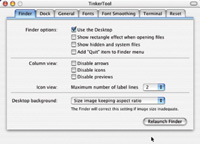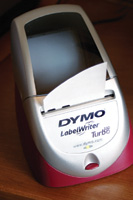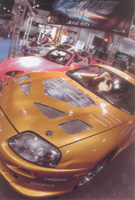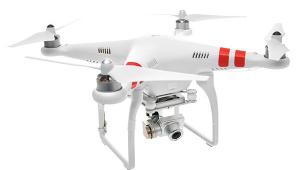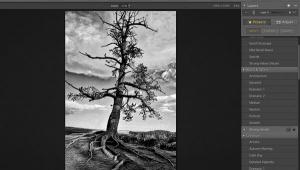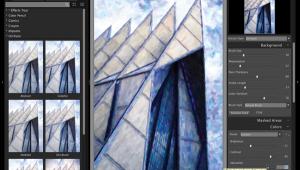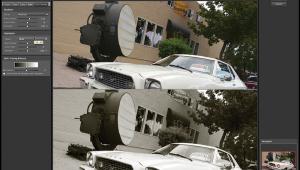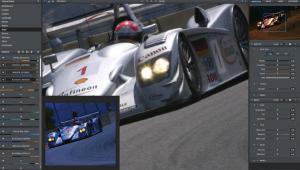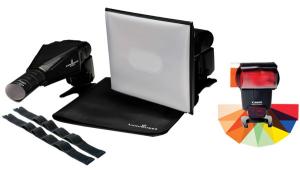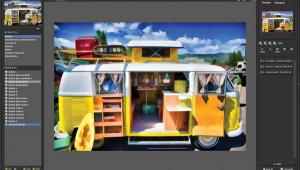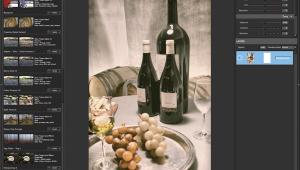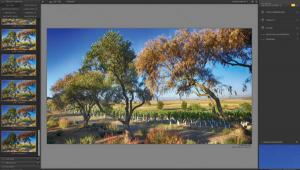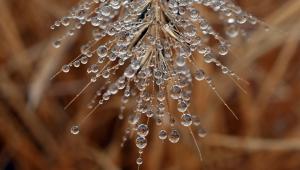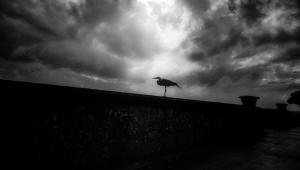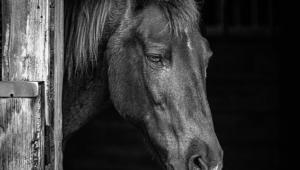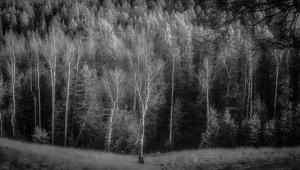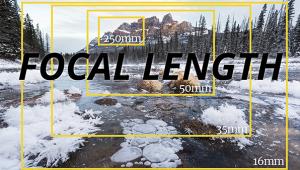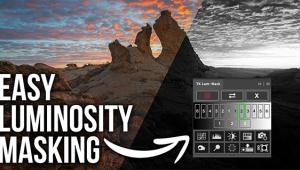Digital Innovations
Black And White And Read All Over
"Everything looks worse in black and white..."--Paul Simon's Kodachrome I think Paul Simon is wrong,
but getting a true monochrome print out of a color ink jet printer can
be a challenge. To me, the trick in making a real black and white print
is not to use any color ink! Seems obvious doesn't it? But that's
not what many of us are doing; instead we're trying to make the
best out of a bad situation by making color inks think they're
not. |
|||
For my initial tests, I selected
Lyson's Small Gamut Toneable Monochrome inks because they combine
the flexibility of the company's full-gamut ink sets for color printing
with gray scale reproduction throughout a tonal scale that's produced
with their "zero-gamut" monochrome ink sets. Like Lyson's
quadtone, tritone, and duotone ink sets, the Small Gamut Toneable Monochrome
inks combine black with a set of gray inks. One of the things that I like
about the Small Gamut ink set is that it avoids the non-linearity--red
highlights with green mid tones and off-color shadows--that create
problems when printing black and white images with color ink. |
|||
Getting Started Free Utility Of The
Month |
|||
The Digital Case For
Lightware Plug-In Of The Month |
|||
Labels, Labels, Labels Folders, Folders Everywhere
But Where You Need Them |
- Log in or register to post comments


